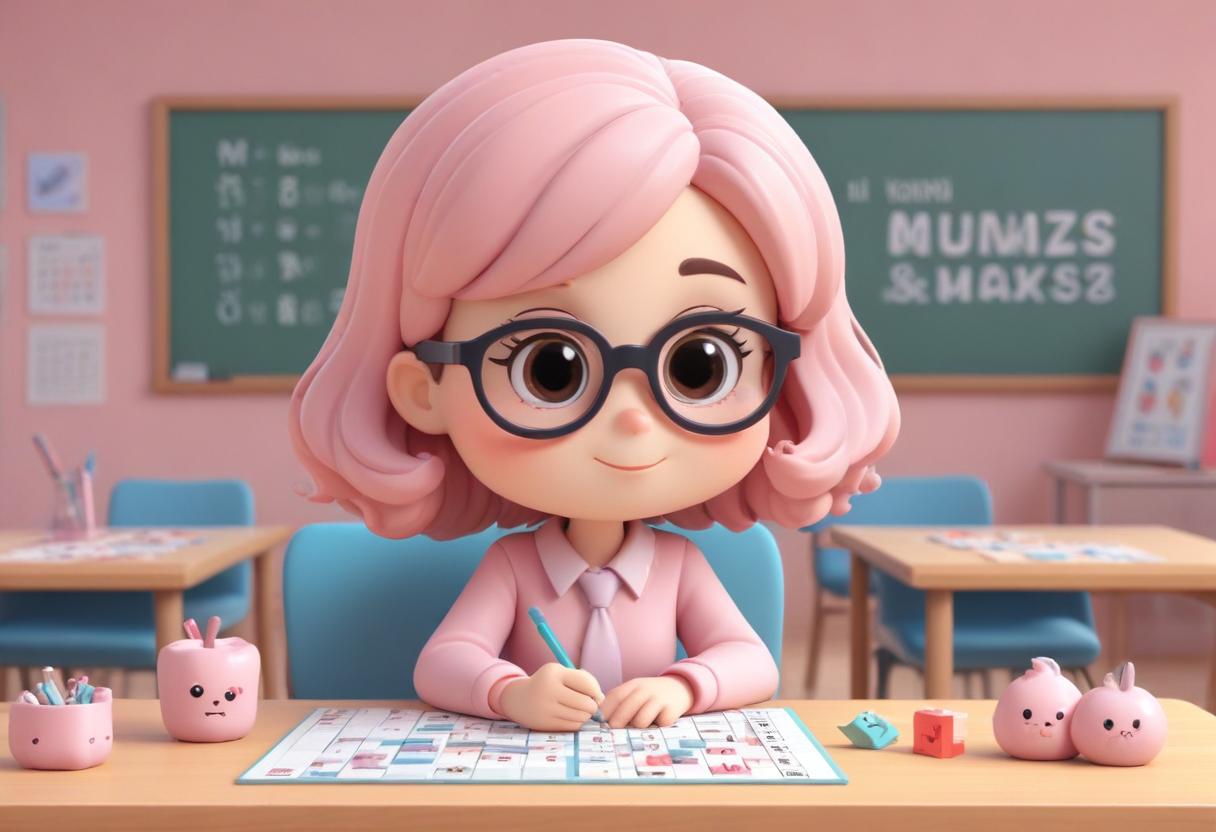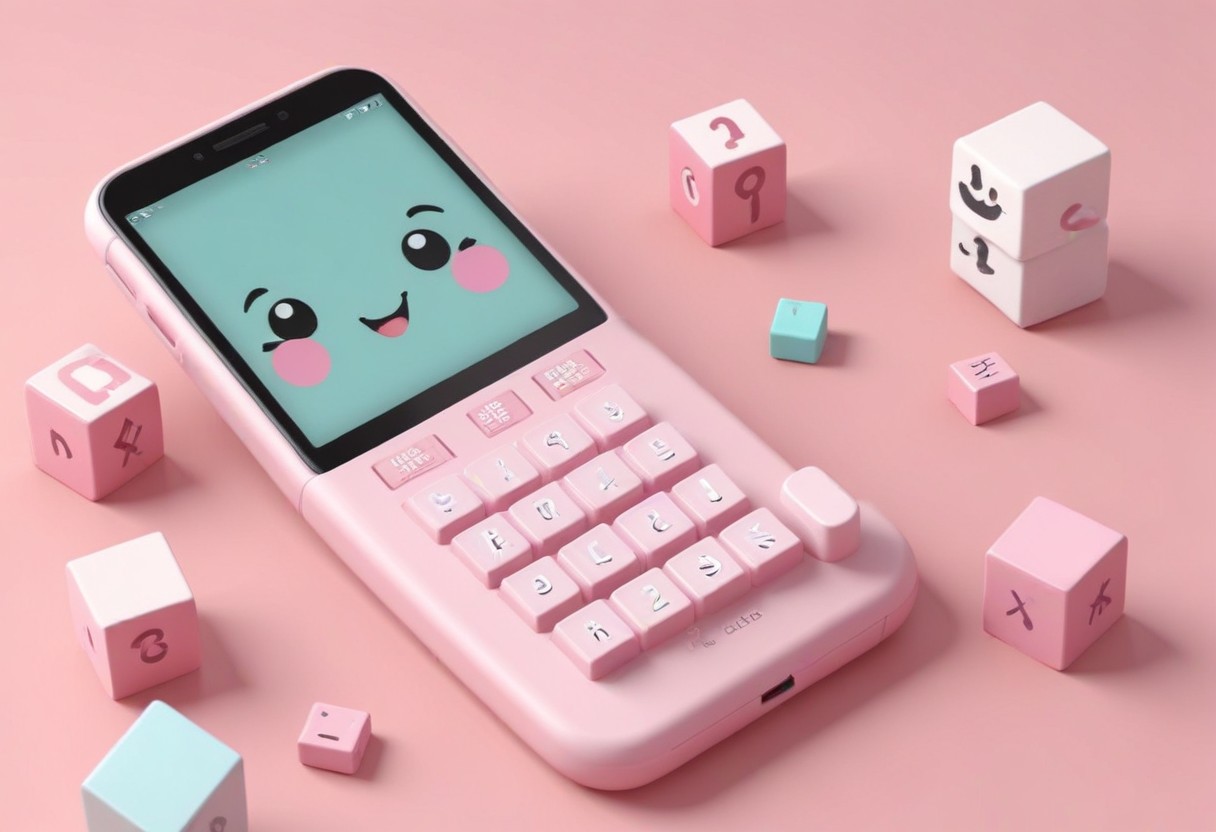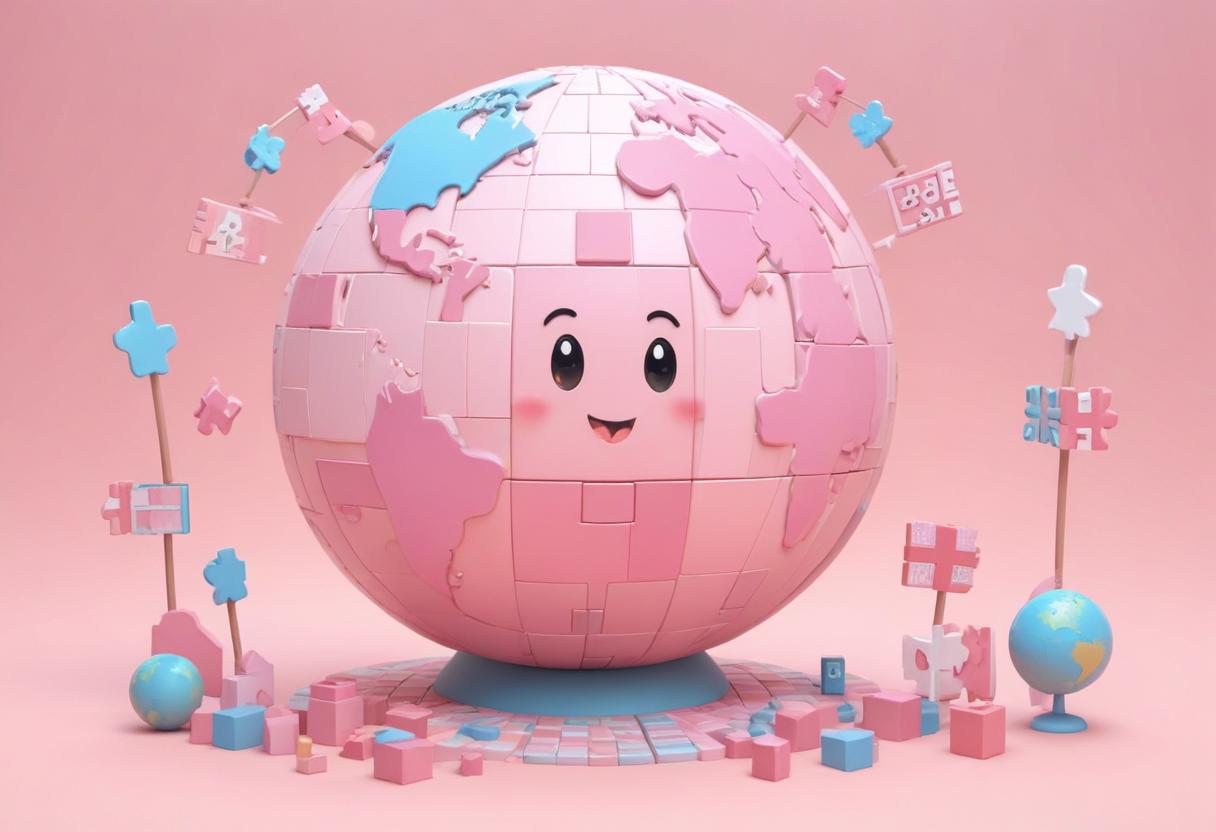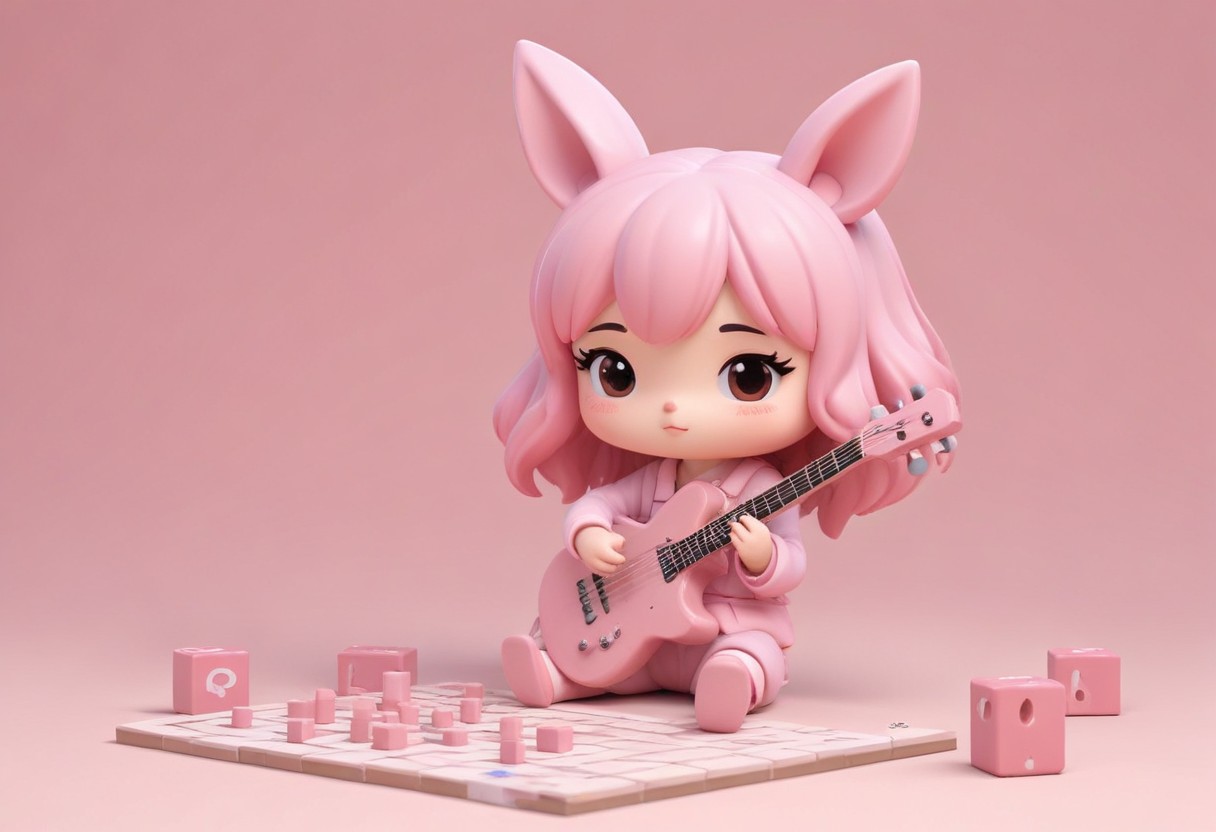
Crossword puzzles are a pastime beloved by millions of people worldwide. From simple entertainment to intellectual challenge, these grids of hidden letters have a fascinating history and are full of intriguing facts that many enthusiasts might not know. Let's explore the timeless appeal of crossword puzzles, from their origins to the present day.
The Origins: A Word Game from Antiquity
Contrary to what one might think, the core idea of crosswords—intersecting word games on a grid—can be traced back to ancient Egypt and classical Rome. However, the modern version of crossword puzzles as we know them today originated more recently, in the 20th century. The first published crossword dates back to December 21, 1913 in the 'New York World,' created by Arthur Wynne, a British journalist. This grid, in the shape of a diamond and without black squares, is considered the grandmother of all contemporary crosswords.
Evolution and Global Spread
After Wynne's publication, crossword puzzles quickly gained popularity, evolving into various forms and becoming a staple in newspapers and magazines around the world. In the 1920s, the crossword craze hit the United States, with the publication of dedicated books and the inclusion of these puzzles in numerous daily newspapers. From there, crossword puzzles' popularity spread to Europe and the rest of the world, adapting to multiple languages and cultures.
Trivia and Records
Crossword puzzles have generated a wide range of trivia and records over the years. For instance, the New York Times began publishing its renowned crossword only in 1942, initially as a distraction for its readers during the dark times of World War II. Another interesting fact is that there is even a World Crossword Championship, where the fastest and most skilled solvers compete for the title of champion.
Crosswords in the Digital Age
With the advent of the digital era, crosswords have found new life online. Dedicated apps, websites, and digital versions have emerged, allowing users to solve interactive grids from computers, tablets, and smartphones. This transition to digital has made crosswords accessible to an even broader audience and introduced new ways for enthusiasts to interact and challenge each other.
Conclusion
From its humble beginnings in a Sunday newspaper to a global cultural phenomenon, crosswords continue to capture the imagination and stimulate the minds of people of all ages. Whether on paper or screen, crosswords remain a timeless pastime that unites generations, cultures, and languages. Their history is a tribute to human curiosity and the simple yet profound joy of playing with words.





